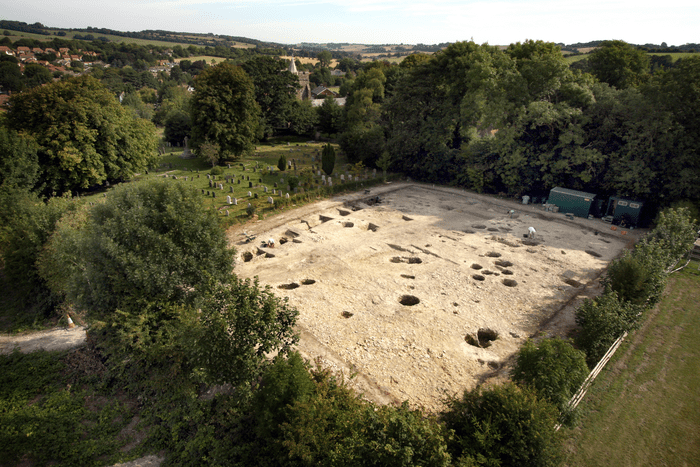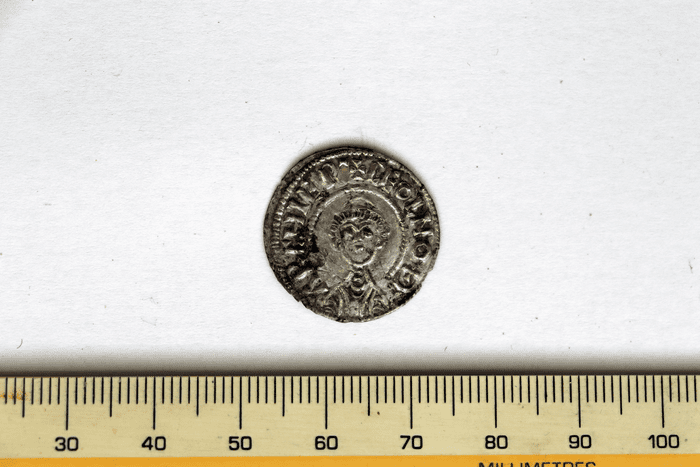Back in Medieval England, life was hard. Even if you lucked into the best possible circumstances, your life was doomed to be both short and violent – and god forbid you got sick, because you were more likely to be prescribed salty owl meat or puppy fat than a simple ibuprofen for your aches and pains.
On top of that, there were the Vikings. Between the late 8th and 9th centuries, the British Isles saw repeated raids from Viking hordes, mostly on the monasteries that dotted the islands such as Lindisfarne and Iona.
Immediately, the invaders’ brutality became the stuff of legend – which isn’t totally surprising, since monks were pretty much the only people who knew how to write at the time. However, new evidence out of one such ransacked monastery at Lyminge, in Kent, has archeologists questioning whether those brethren weren’t exaggerating their woes just a tiny bit – and if, in fact, they didn’t fare a bit better than they originally claimed.

Excavations took place at Lyminge, Kent. Image credit: Dr Gabor Thomas, 2023
“The image of ruthless Viking raiders slaughtering helpless monks and nuns is based on written records, but a re-examination of the evidence show[s] the monasteries had more resilience than we might expect,” said Gabor Thomas, associate professor from the Department of Archaeology at the University of Reading, in a statement.
It’s not that Lyminge was particularly spared from the Viking raiders – records held at nearby Canterbury Cathedral show that after a raid in 804 CE, the fleeing monks were granted asylum within the walled city of Canterbury. But archeological finds – including datable artefacts such as silver coins – show that Lyminge continued to be inhabited by the brethren and their dependents for decades after the attack.

A silver coin discovered at Lyminge, Kent. Image credit: Dr Gabor Thomas, 2023
“This research paints a more complex picture of the experience of monasteries during these troubled times,” Thomas said. “They were more resilient than the ‘sitting duck’ image portrayed in popular accounts of Viking raiding based on recorded historical events such as the iconic Viking raid on the island monastery of Lindisfarne in AD 793.”
However, the resilience of the Lyminge monastery couldn’t last, and by the end of the 9th century it had been completely abandoned – “most likely due to sustained long-term pressure from Viking armies who are known to have been active in south-eastern Kent in the 880s and 890s,” Thomas explained.
By this point, most of England had come under Viking rule, with only the Anglo-Saxon King Alfred the Great of Wessex holding out against the so-called “Heathen Army.”
“Settled life was only eventually restored in Lyminge during the 10th century,” Thomas added, “but under the authority of the Archbishops of Canterbury who had acquired the lands formerly belonging to the monastery.”
The research is published in the Society of Antiquaries online open access journal Archaeologia.
Source Link: In A Battle Between Monks And Vikings, The Monks Did Surprisingly Well